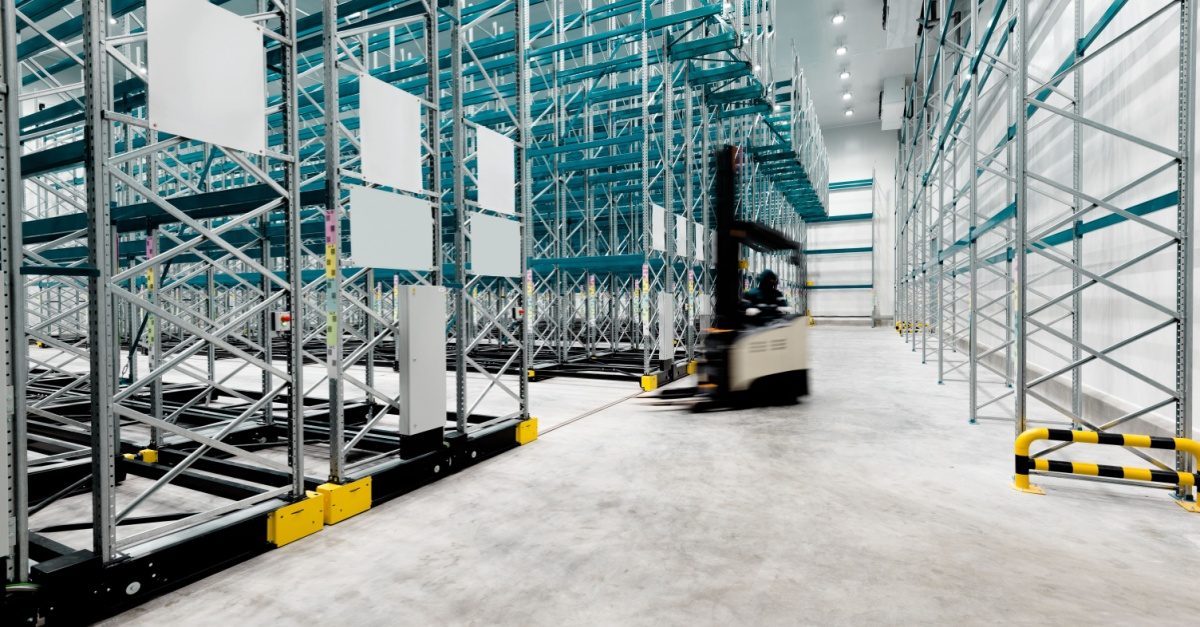
The Importance of Height Safety in Logistics and Transport
Height safety, the practice of preventing falls and injuries while working at elevated levels, is an essential consideration within the logistics and transport industries. These sectors frequently involve tasks performed at height, such as loading and unloading cargo, warehousing operations, and vehicle maintenance. Regrettably, accidents related to working at height are a common occurrence, resulting in injuries, fatalities, and substantial financial losses for companies. Understanding and mitigating the risks associated with height-related work is paramount. The importance of height safety in logistics and transport cannot be overstated. Read on as we discuss the importance of height safety in the logistics industry.
Worker Well-being
The most compelling reason to prioritise height safety is preserving worker well-being. Falls from height are a leading cause of workplace fatalities and serious injuries. Even falls from relatively low heights can result in broken bones, head trauma, and other life-altering conditions. The physical and emotional toll of such injuries can be immense, impacting a worker’s ability to earn a living, participate in family activities, and enjoy a fulfilling life.
By implementing robust height safety measures, companies can significantly reduce the risk of falls and protect their employees from harm.
This involves providing comprehensive training programmes that equip workers with the knowledge and skills needed to work safely at height. It also entails ensuring that appropriate safety equipment, such as harnesses, lanyards, guardrails, and a fall arrest device is available and used correctly. Regular inspections of work areas and equipment are essential to identify and address potential hazards before they lead to accidents.
Regulatory Compliance
Height safety is not merely a matter of good practice but a legal requirement. Numerous regulations and standards govern work-at-height activities in the logistics industry. These regulations aim to protect workers by mandating specific safety regulations. Failure to comply with these regulations can result in hefty fines, legal action, and reputational damage.
By adhering to height safety regulations, companies avoid legal repercussions and demonstrate a commitment to ethical business practices. This commitment can enhance a company’s reputation among customers, partners, and investors, who increasingly prioritise safety and sustainability in their decision-making.
Financial Implications
While the moral imperative to protect workers is paramount, height safety culture also has significant financial implications. Accidents involving falls from height can lead to substantial direct and indirect costs. Direct costs include medical expenses, workers’ compensation claims, legal fees, and insurance premiums. Indirect costs, which are often overlooked, can be even more substantial. These include lost productivity, increased absenteeism, and the need to recruit and train replacement workers.
Height-related accidents can have long-term consequences.
In addition to these immediate financial burdens, height-related accidents can have long-term consequences. A company’s reputation can be severely damaged if it is perceived as neglecting worker safety. This can lead to lost business opportunities, difficulty attracting and retaining talent, and increased scrutiny from regulatory agencies.
Conversely, investing in height safety can generate significant returns. By preventing accidents, companies can avoid costs and improve financial performance. A safe workplace also attracts and retains skilled workers, reducing the costs associated with turnover and training. Furthermore, companies with strong safety records may be eligible for lower insurance premiums, further boosting their bottom line.
Operational Efficiency
Height safety is not merely a cost-saving measure but a driver of operational efficiency. When workers feel confident in their safety, they are more likely to focus on their tasks and perform them efficiently. This translates to increased productivity, faster turnaround times, and improved customer satisfaction.
In contrast, accidents involving falls from height can disrupt operations significantly.
Injured workers may need to be replaced, work areas may need to be closed for investigations, and equipment may need to be repaired or replaced. These disruptions can lead to delays, missed deadlines, and dissatisfied customers.
By implementing comprehensive height safety programmes, companies can create a virtuous cycle of efficiency. Safe work practices lead to fewer accidents, increased productivity and improved performance. This positive feedback loop benefits the company, its customers, and its partners.
Industry Best Practices
To achieve the highest level of height safety culture, companies in the logistics and transport sectors should adopt industry best practices. These practices encompass various measures, from risk assessment and training to equipment selection and maintenance.
Risk assessment is the foundation of any effective height safety programme. It involves identifying potential hazards, evaluating the likelihood and severity of risks, and implementing control measures to mitigate them. Training programmes should be tailored to the specific tasks performed at height and include theoretical instruction and practical exercises.
Equipment selection is critical to ensuring worker safety.
Harnesses, load restraints, lanyards, and other fall protection devices must meet or exceed industry standards and be properly maintained. Regular inspections of work areas and equipment are essential to identify and address potential hazards before they lead to accidents.
Conclusion
Prioritising height safety is not an option; it is a moral, legal, and economic imperative. By protecting workers from falls, companies demonstrate a commitment to their well-being, comply with regulations, avoid costly accidents, and enhance their operational efficiency. Investing in height safety equipment is an investment in the future of the logistics sector, ensuring that they remain safe, productive, and sustainable for years to come.

